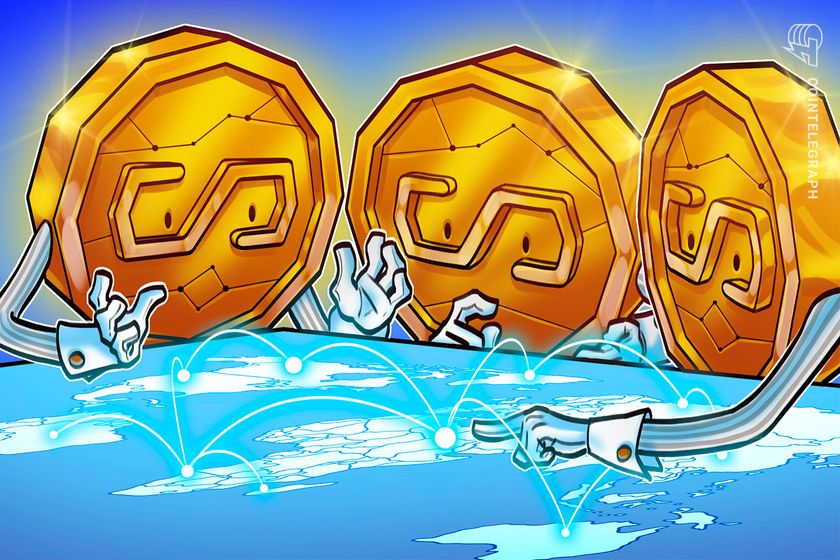Recent developments in the stablecoin sector are drawing significant attention, particularly due to new legislation in the U.S. Congress, ongoing controversies involving certain stablecoins, and shifts in regulatory practices in different regions.
### Key Developments in the Stablecoin Landscape:
#### 1. **Legislation in the U.S.**
The **Stablecoin Transparency and Accountability for a Better Ledger Economy (STABLE) Act** is poised for a crucial vote in the U.S. House of Representatives. Having cleared the House Financial Services Committee, this bill aims to set out clear guidelines for the use of stablecoins, primarily those linked to the U.S. dollar. It introduces disclosure requirements for stablecoin issuers, marking a significant step towards regulatory clarity in the cryptocurrency space. However, the bill faces opposition, particularly from Democratic Representative Maxine Waters, who argues that it could unfairly benefit political figures involved in stablecoin initiatives.

#### 2. **FDUSD Stablecoin Issues**
The **First Digital USD (FDUSD)** encountered a depeg situation following allegations of insolvency from Tron founder Justin Sun. First Digital has refuted these claims, asserting that FDUSD is still redeemable at a 1:1 ratio with the U.S. dollar and remains solvent. This incident has raised concerns regarding confidence in the stablecoin market.

#### 3. **Trump's WLFI Stablecoin Launch**
**World Liberty Financial**, a project linked to the Trump family, has launched a U.S. dollar-pegged stablecoin with a total supply exceeding $3.5 million. Critics suggest this move aims to challenge the U.S. dollar's dominance, resulting in skepticism from lawmakers concerned about potential regulatory favoritism towards Trump’s stablecoin.

#### 4. **Interest on Stablecoin Holdings Viability**
Coinbase CEO Brian Armstrong’s proposal to allow stablecoin issuers to offer interest payments on holdings akin to traditional savings accounts has met resistance in Congress. Representative French Hill argues that stablecoins should strictly serve as payment instruments rather than investment vehicles.

#### 5. **Regulatory Actions in Europe**
In Europe, major exchanges like **Binance** are halting trading of Tether’s USD-backed stablecoin (USDT) to comply with the **Markets in Crypto-Assets (MiCA)** regulations enacted in 2023. This trend underlines the tightening regulatory landscape for stablecoins in the region, with other exchanges also delisting various non-compliant tokens.

#### 6. **Increased Capital Inflows into Stablecoins**
Recent reports indicate a surge in capital inflows into stablecoins as investors view these assets as more stable amid chaotic market conditions characterized by geopolitical tensions. This indicates growing confidence in stablecoins as a safe haven during uncertain economic times.

#### 7. **Surge in Stablecoin Adoption in Japan**
In Japan, firms are increasingly moving towards launching stablecoins as regulatory positions soften. The financial group SBI aims to support the USDC stablecoin, while partnerships among companies are forming to facilitate stablecoin transactions in the country.
### Conclusion
The evolving landscape of stablecoins is marked by regulatory advancements, market responses to geopolitical factors, and technological developments that will shape the future interaction between cryptocurrencies and traditional economic systems. As legislation progresses and adaptation to regulations occurs, stablecoins would likely see mixed receptions across different regions, impacting their adoption and integration into the broader financial context.
다운로드

신청하기
신청하기


